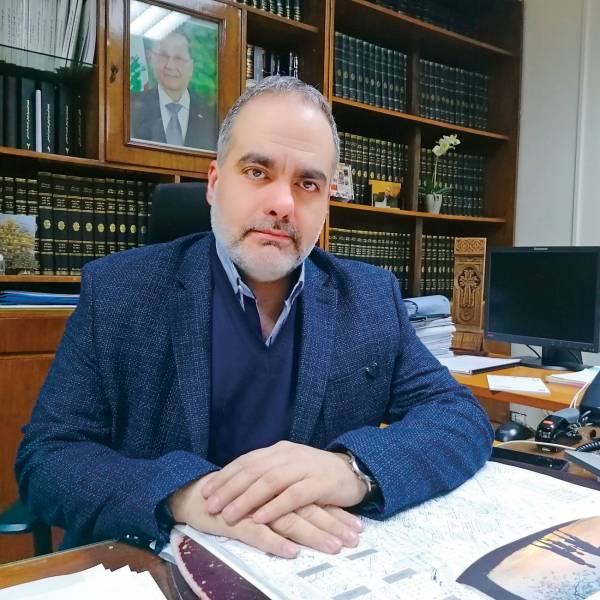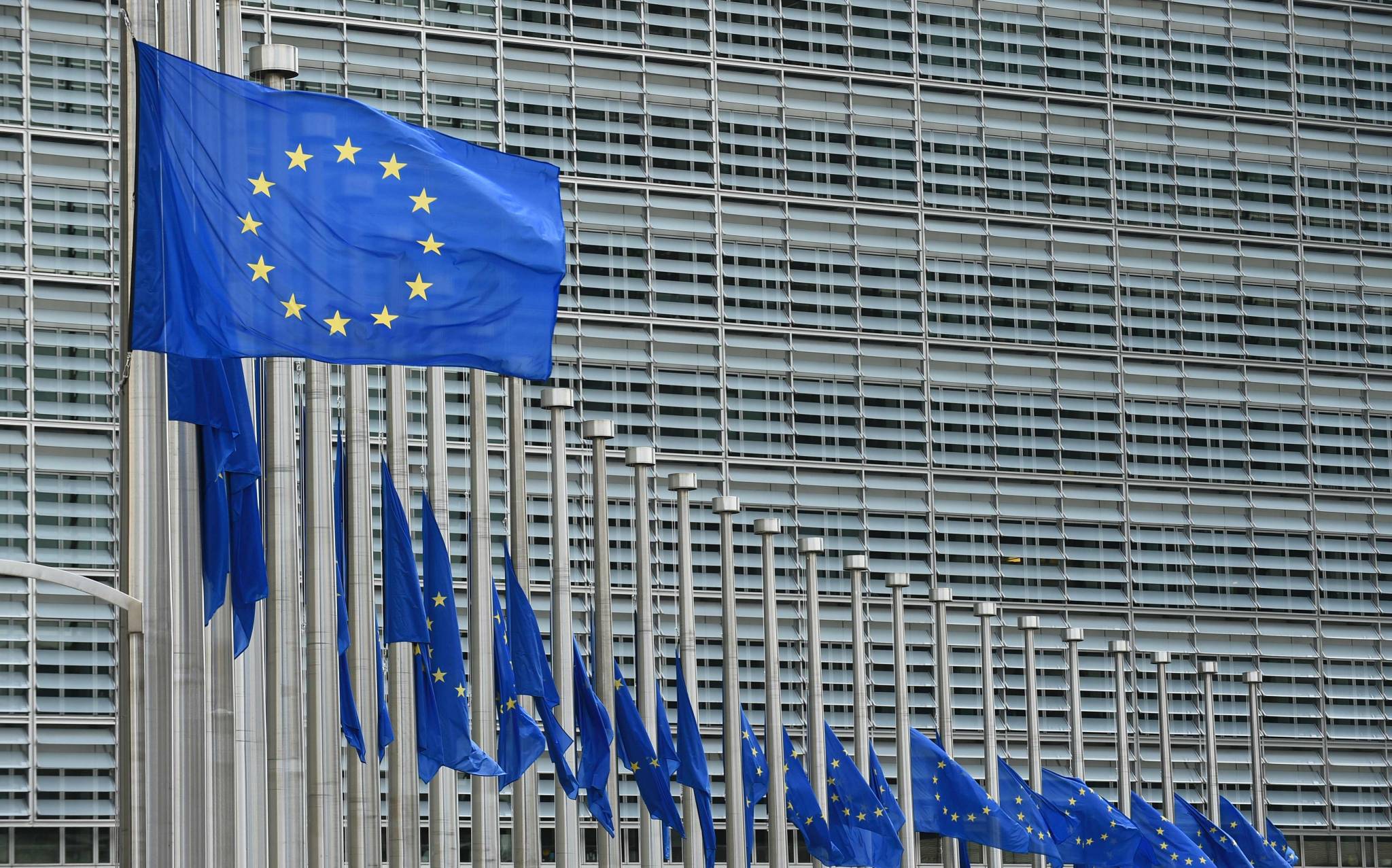Given the risk of the devaluation of the Lebanese lira, a potential public debt restructuring and a “haircut” on bank deposits, are employees end-of-service benefits, managed by the National Social Security Fund (NSSF) at risk? While emphasizing that the country faces serious social challenges, NSSF Acting Chief Financial Officer Chawki Abou Nassif, sought to offer some reassurances. Interview.

Increasing numbers of people are worried about their savings. At the NSSF how are you seeing people react to the situation?
For a few months, we’ve seen an increase in requests for the withdrawal of end-of-service benefits. Employees, some of whom have accumulated less than 20 years of contributions, fear that their savings will lose value and prefer to cash them immediately, even if they give up on their full benefits. On average, we are receiving 100 to 150 additional requests per day, with a peak of 500 requests for a few days. Despite this increase, we are able to pay the required funds, because the end-of-service benefits fund has sufficient reserves. The slow processing of files isn’t related to the availability of funds, but to a lack of human resources since we haven’t hired since 2012. Payment deadlines have thus increased from about 15 days to about two or three months. The situation may get worse in the next few months, not only because of the public’s panic, but also because of layoffs caused by the economic crisis.
How are the assets of the end-of-service benefits fund invested?
At the end of 2018, NSSF assets stood at just over 14 trillion Lebanese liras, of which around 11 trillion Lebanese liras was invested in Treasury Bills maturing in 12, 24 and 36 months (52%), or in Lebanese liras denominated bank deposits maturing in less than one year (48%). To reduce our exposure to the Lebanese lira, we started a few months ago converting some of the deposits nearing maturity into US dollars, applying a 2012 decision authorizing the NSSF to invest up to 20% of its assets in foreign currencies. To date, these investments amount to 175 million US dollars.
Do US dollar investments and the decision to lower interest rates on deposits have an impact on the fund’s financial balance?
No, because the end-of-service benefits are calculated in Lebanese liras, and the interest rates on the insured’s personal accounts vary according to market rates. The risks associated with end-of-service benefits are borne by employers, who have to pay the difference between the benefits payable to the insured and the amount accumulated in the insured’s personal account.
How much does the State owe to the NSSF and what does the debt relate to?
The State has several commitments to the NSSF, most of which are related to the sickness-maternity fund. First, it must pay its 25% contribution to sickness-maternity fund fees. As an employer, it must also pay its share of the employees’ fees not subject to the Civil Servants Law, the fees of taxi drivers and mukhtars, the amounts it owes for voluntary membership of the NSSF, and the fees due under the sickness coverage of retirees who have completed 20 years of employment, a coverage that was introduced by the law of February 12, 2017. Since the State isn’t paying what it owes, the sickness-maternity fund accumulates deficits that are being covered by the end-of-service benefits fund. Between the principal amount and the interest, the State owes approximately 2380 billion Lebanese liras to the sickness-maternity fund, in addition to about 856 billion Lebanese liras in unpaid fees for the end-of-service benefits of civil servants. This brings the total of its debt to the NSSF to almost 3236 billion Lebanese liras, as at the end of 2018.
What are the implications regarding the State’s accumulation of arrears?
In Article 71 of the 2019 Budget Law, the State reaffirmed its intention to pay its arrears, and we consider this commitment to NSSF beneficiaries to be a positive signal. The reimbursement was to be made in ten annual installments of 543 billion Lebanese liras each, the first of which should have been paid before the end of September; however, this payment has still not been made. We’ve been drawing on our reserves so far, but we won’t be able to continue to fulfill our obligations if the State doesn’t begin to pay its contributions as well.
What would the consequences of debt restructuring or a “haircut” on deposits for end-of-service benefits be?
Together with the Ministry of Health, the NSSF is the guarantor of the country’s social security and stability. Messing with NSSF assets would deal the institution a hard blow and challenge this stability. Since almost all of our assets are invested in Treasury Bills and bank deposits, we’ll obviously be significantly affected by a restructuring of the Lebanese lira debt or a “haircut” on bank deposits. We hope that the State authorities will take into account the social impact of such measures and preserve, at all costs, the employees’ savings.
Can these savings be invested in anything other than public debt or through bank deposits? Can the NSSF, for example, participate in the opening up of certain public enterprises to investors?
This would require amending the NSSF Law, which prohibits us from placing our assets in other types of holdings at this time.







